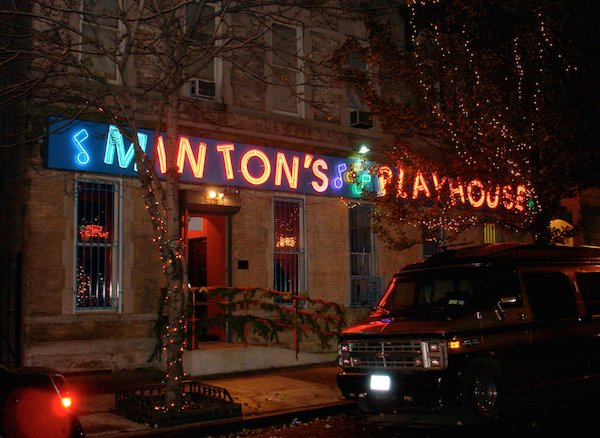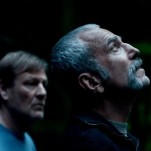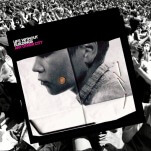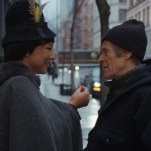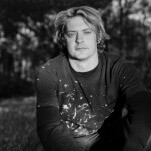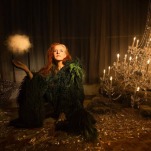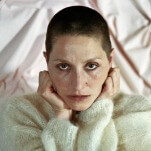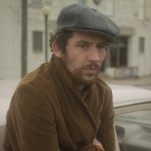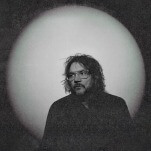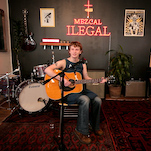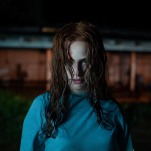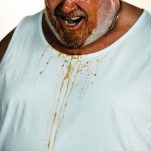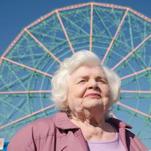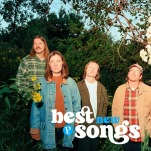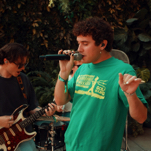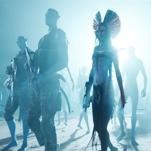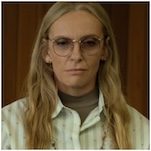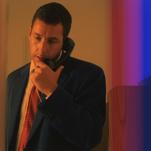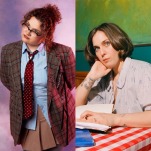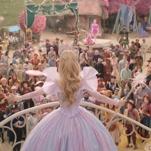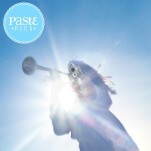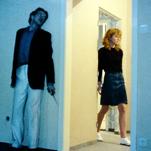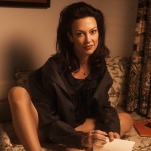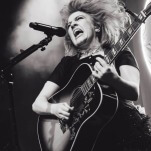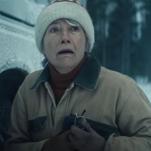Take 5: Historic Harlem
Photo: Photo by Marvi Lacar/Getty Images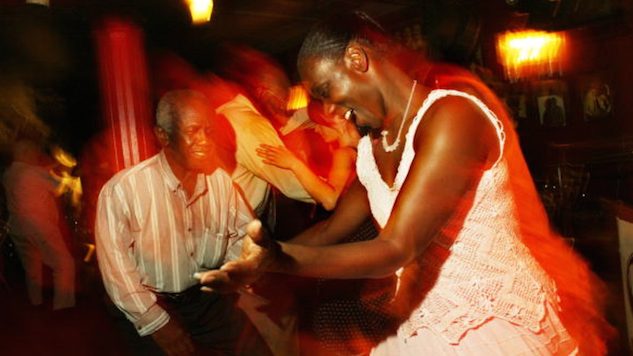
Nearly a century ago, Harlem’s literati, artists, musicians and intellectuals launched a movement that would forever change the course of American culture, bringing black arts and innovation into the mainstream and amplifying the call for civil rights.
As a creative hotbed, Harlem fostered ingenuity in all cultural spheres: W.E.B. DuBois, Langston Hughes and Zora Neale Hurston in literature; Duke Ellington, Ella Fitzgerald, Billie Holiday, Fats Waller in music; William H. Johnson, Aaron Douglas and Jacob Lawrence in visual arts and Paul Robeson and Ethel Waters to the stage, among others. Harlem bred the National Urban League and NAACP, whose missions still resonate today, and served as a base for several civil rights figures.
Although the New York neighborhood has evolved, many of Harlem’s monuments still stand and a number of tours are available. If you’d rather see Harlem solo, though, here are five spots you have to hit.
1. Langston Hughes House
Prolific poet and playwright Langston Hughes’ mid-century home was added to the National Register of Historic Places in 1982. Hughes used third floor as a writing studio he died in 1967, leaving behind a legacy and his typewriter. Last summer, a movement to save the brownstone sparked, and now it houses the i, Too, Arts Collective. The house is open to visit for free during select hours on Tuesdays, Thursdays and Saturdays.
-

-

-

-

-

-

-

-

-

-

-

-

-

-

-

-

-

-

-

-

-

-

-

-

-

-

-

-

-

-

-

-

-

-

-

-

-

-

-

-

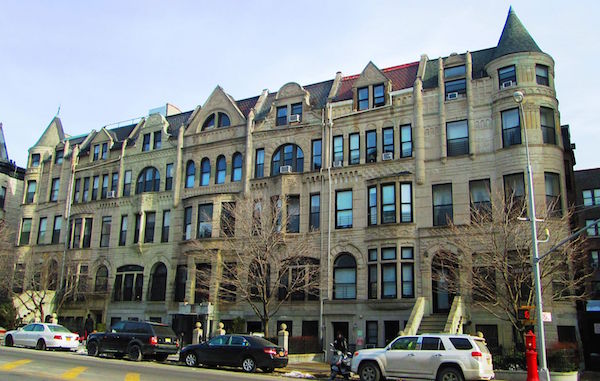
 Photo by Shahar Azran/Getty
Photo by Shahar Azran/Getty